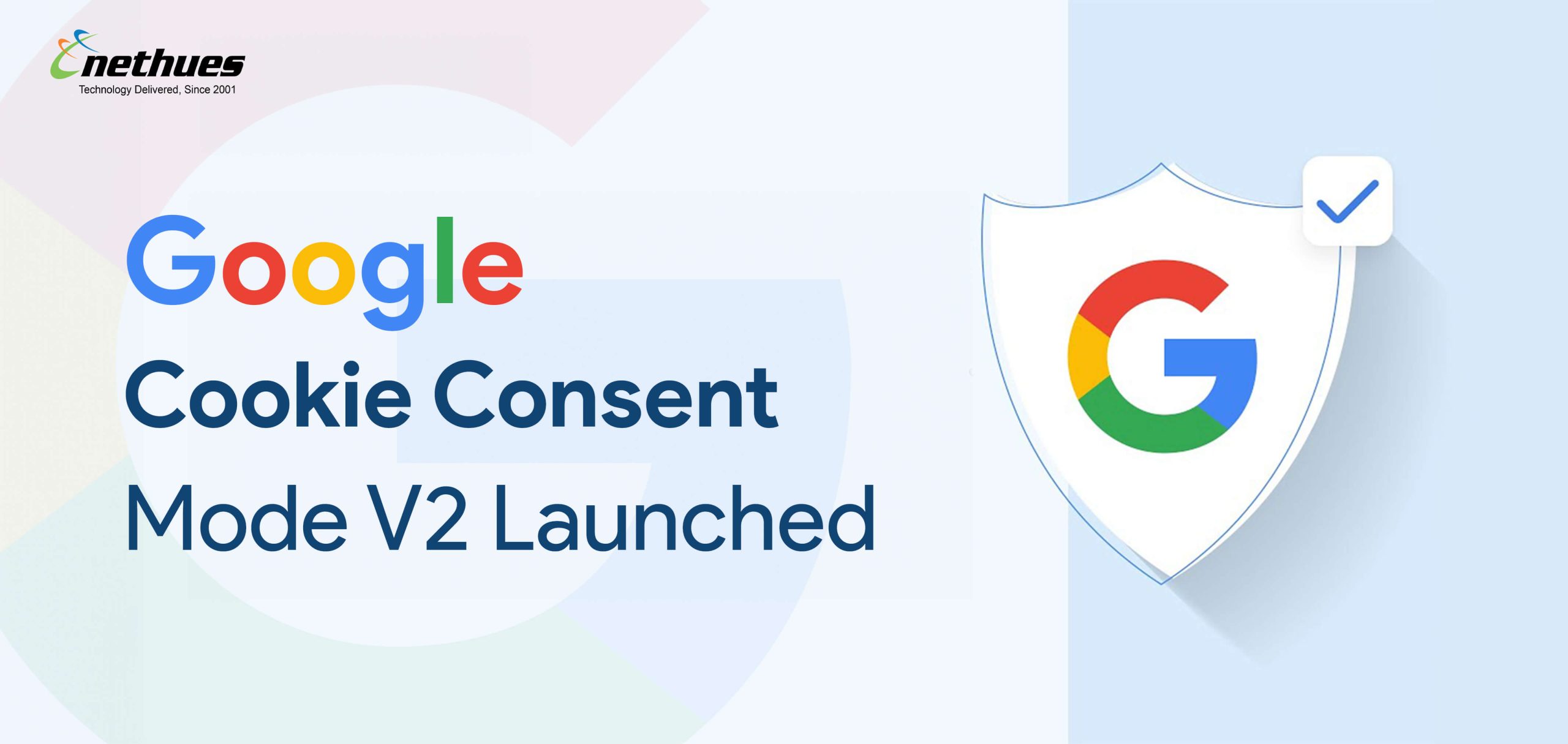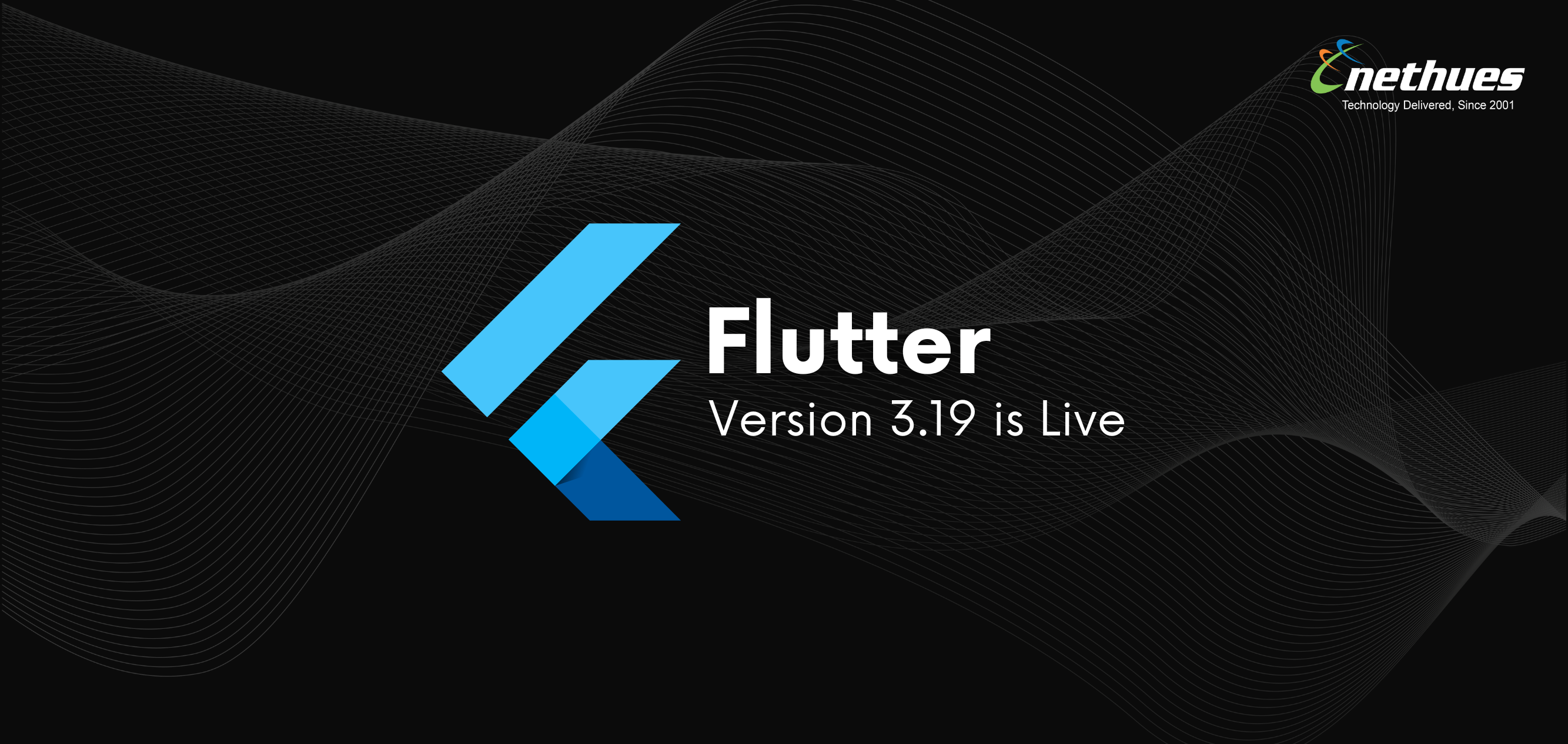The rise of potential online threats has made cookie consent policies an ideal tool for building highly secured sites. The demand for secured privacy regulations and user content has become pivotal for building site credibility among web visitors.
Based on the users’ demands, Google has launched some significant alterations to its years-old cookie consent process, with a brand new version launched on 6 March 2024. The Google Consent Mode V2 has observed considerable updates to the tagging behavior.
This means people using Google Analytics and not approving the consent flags can check that their tracking has been declined through Google Analytics 4. This blog helps you understand the Google Cookie Consent Mode V2 in detail and how it differs from the previous version, V1.
What are Google Cookies?
Cookies can be understood as small pieces of text sent to the browser by the site when the user visits it. They help the website remember information about the visit, which further allows the site to become more apt according to the user’s past intentions, including searching, sorting, and other activities.
What is Google Consent Mode?
Google consent mode is a technical tool and an exclusive product of Google. It ensures that the visitor’s cookie consent choices are communicated to various Google tags that facilitate performance measurement of the digital channel and advertising. With the consent mode approved, Google lets users model the behavior of users who avoid giving consent.
Google Consent Mode V1
Version V1 of the Google Consent Mode was launched in 2020 and was focused on protecting user’s privacy. This complied with data privacy laws, including the GDPR and the ePrivacy Directive. As per this version, the Google Consent Mode could still very much capture data for the following two platforms:
- Google Analytics
- Google Ads Platforms
The version V1 introduced two consent states:
- Analytics_storage
- ad_storage
When approved, these consent states would allow the use of users’ data for analytics and advertisements.
As per the introduction of the latest EU regulation, the Digital Markets Act (DMA) aims to prevent the abuse of power by large companies like Google. The primary focus is to ensure an optimum degree of competition across several European markets. Like DMA, another regulation, the Digital Markets, Competition and Consumers Bill (DMCC), has been launched in the UK.
As per the norms, the big industry players must adhere to the DMA compliance by 6 March 2024, which has forced the introduction of Google Consent Mode V2.
Understanding Google Consent Mode V2
As part of the latest version of the Google Consent Mode V2, two fresh consent variables have been introduced to analyze consent status:
- Ad_user_data
- Ad_personalization
As per this latest consent, the ad_user_data checks whether the personal data could be shared with Google or if it must be avoided being shared. The data could be shared via Google Ads, Google Shopping, or Google Play. Based on the received permissions, the ad_personalization consent variable also analyzes whether personal data could be sent to Google for remarketing purposes.
Overall, Google Consent Mode V2 will have two new and existing consent states. Let us understand the significance of all the consent states available with the latest launch. The table below gives insights:
| Consent State | Consent Category | Consent Description |
| ad_storage | Marketing | It basically enables storage, including cookies, which are directly related to advertising. |
| analytics_storage | Statistical | Its function is to enable storage, including cookies, which are related to analytics during the website visit. |
| functionality_storage | Functional | Its primary task is to enable storage that facilitates the proper functioning of the website or the application, such as language settings. |
| personalization_storage | Functional | This consent state enables storage that accounts for personalization, such as video recommendations. |
| security_storage | Necessary | This consent state enables different aspects related to security, like authentication, checking fraudulence, and other features of user protection. |
| ad_user_data | Marketing | This newly introduced flag sets consent for transmitting user data related to advertising to Google. |
| ad_personalization | Marketing | This is another newly introduced flag that sets consent for personalized advertising. |
Notably, the behavior of Analytics and the Google Ads Conversion Tags fired will also depend on both existing & new variables.
In simple words, when a user avoids consent, advertisers will fail to track the users’ data across the US, UK, and EEA.
Based on the user’s consent mode modeling, the latest version also launched the no, basic, and advanced mode.
No Consent Mode
Under this type, you cannot implement consent mode on the pages at all, which means there will be zero data collection and a complete absence of the consent signals.
Basic Consent Mode
With basic consent mode implementation, the data gets collected only when the user grants consent.
Advanced Consent Mode
Instead of trying to implement basic consent mode, users can also leverage advanced consent mode. Under this mode, data is collected when the user consents are available and also when the user denies consent.
What You Must Do?
You can use the Advanced Consent Mode for a smooth transition to Google Consent Mode V2. It allows sites to set tags, analytics, cookies, and tracking management to the latest version, V2. So, website managers can ensure that they have proper approval for sharing data, and simultaneously, it also ensures that the data remains wholly anonymous when the consent is missing.
It is recommended that Google Tags move to a compliant consent management platform while at the same time getting up to date for being 100% compliant.
You must note that Google Tag Manager is simple to implement, provides complete consent V2 capabilities, and does not interfere with other manually installed scripts on the website. So, using a hybrid method is ideal for tracking all the scripts on the website.
How Nethues Technologies Can Help You?
If you run a business site in the US, UK, and EEA countries, it is recommended that you implement the latest update of Google Consent Mode V2. Failing to comply with the Digital Markets Act can lead to poor brand representation and also affect the site’s credibility.
At Nethues Technologies, our experts can help you smoothly transition to Google Consent Mode V2. We can also optimize your business site for optimum performance to help you stay ahead in the race.






